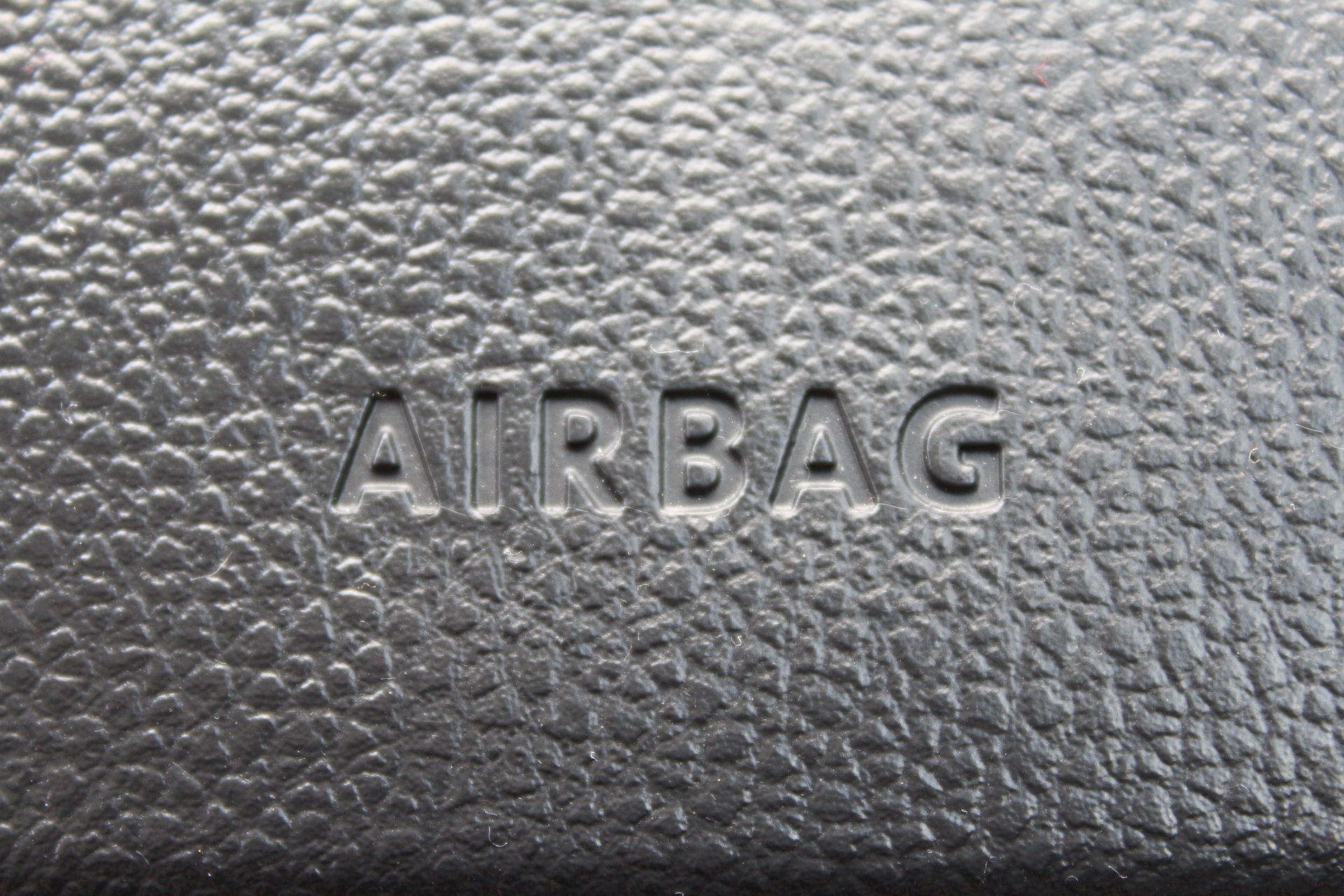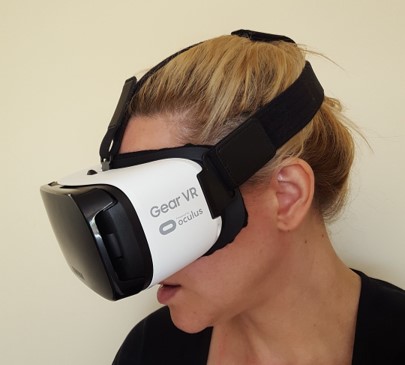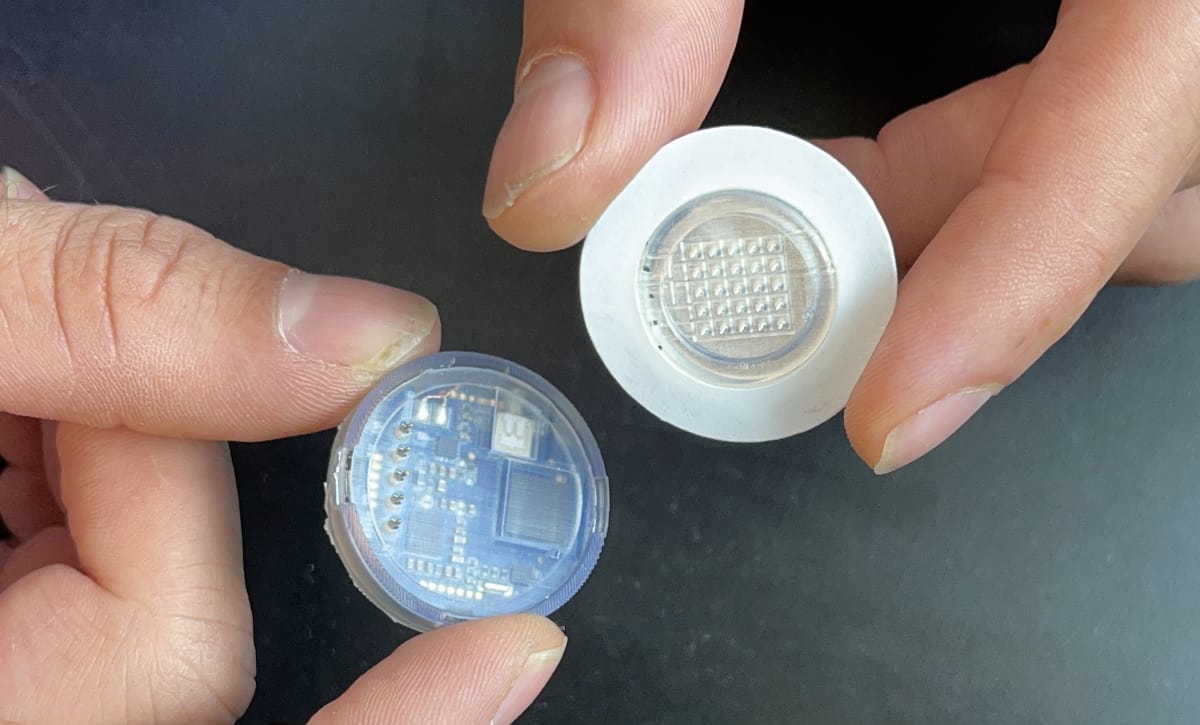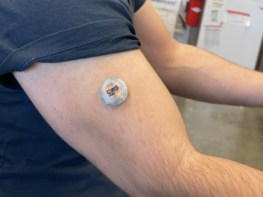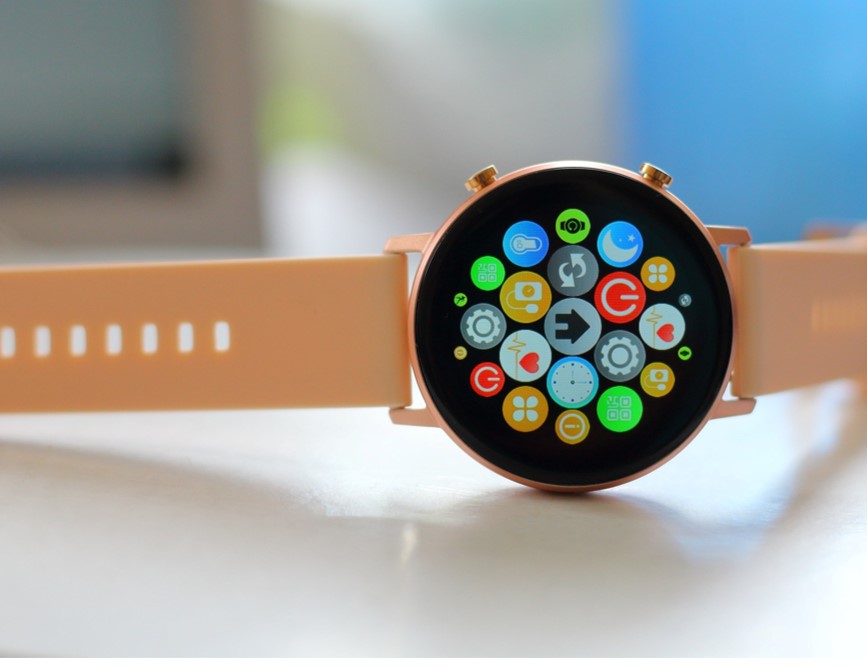A review on security threats, vulnerabilities, and counter measures of 5G enabled IoMT
The recent advancements of Internet of Things (IoT) embedded systems, wireless networks, and biosensors that have assisted in the rapid development of implanting wearable sensors are reviewed in the following publication. The applications of the IoMT that has gained major attention as an ecosystem of connected clinical systems,
The applications of the internet of medical things (IoMT) that has gained major attention as an ecosystem of connected clinical systems, computing systems, and medical sensors geared towards improving the quality of healthcare services. The 5G based AI technology can revolutionise the perception of healthcare and lifestyle. Interest in the network security of medical devices has gained significant attention. The purpose of this research is to identify threats that could undermine the integrity, privacy, and security of IoMT systems.
Various security vulnerabilities in Medical Internet of Things have been investigated:
➡️️ Spyware
➡️ Ransomware
➡️ Keylogger
➡️️ Rootkit
➡️ Viruses
➡️ Malware attack..
Attacks on electronic IOMT systems have been reviewed too:
➡️ DoS attack
➡️ Eavesdropping attacks
➡️ Impersonation attacks
➡️ Reverse engineering
➡️ Radio attacks
➡️ GPS attacks
It has been identified that with the introduction of new communication technology, such as 5G networks, the healthcare industry will completely revolutionise due to technological advancements IOMT/HealthTech solutions are exposed to different types of security threats and thereby, they might pose a notable risk to the safety and privacy of patients. For the successful integration of this technology into healthcare systems, there is a need for novel protection schemes that can preserve the integrity and security of IoMT systems.
Here some more details:
https://ietresearch.onlinelibrary.wiley.com/doi/full/10.1049/cmu2.12301

If you would like to see more interesting posts, visit our knowledge database: https://thaumatec.com/knowledge/

